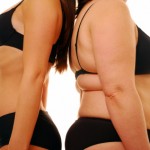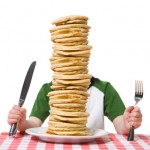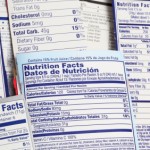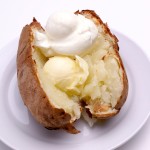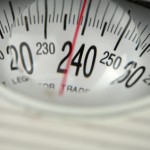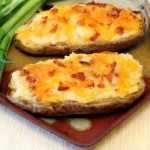I was reading a blog post from May 2010 written by an unidentified cardiologist. Some of the underlying issues were worth following to better sources. The blog stated that high blood pressure is our most common chronic disease. It went on to mention the connection between BP and weight, saying, as a nation, America is one million tons overweight. It claimed that ten pounds of weight loss could normalize the BP of many Americans.
I initially got into today's data search because of a Wall Street Journal article (Personal Journal; May 31, 2010; pp.D1-2) titled "A Long-Awaited Advance in the War on Blood Pressure." I Googled the author, Ron Winslow and he is the deputy editor for health and science and a senior medical and health care writer for WSJ with over a thousand articles written.
He reported that the American Society for Hypertension (ASH) met in New York last week (May 21-24,2011) and Dr. Brent Eagan, the vice president of ASH, and Professor of Medicine at the University of South Carolina reported some real progress on the multi-state Hypertension Initiative he heads. It's working with ~500 primary care practitioners and over 110,000 hypertensive patients in the Southeast. Nearly 70% of their patient have controlled BPs now (vs. 40% a decade ago).
About as far away as you can get in the U.S., Kaiser Permanente's northern California branch follows >600,000 patients with hypertension and reported at the same ASH meeting that 80% of that group have controlled BP readings compared to 44% ten years back.
One of the Kaiser patients had a regular checkup in 2007 and had mildly elevated BPs then (145/74). Her own comment was, "Here in northern California, we believe in exercise and good nutrition and we're not into pills."
Yet her doctors started her on two medications for hypertension and early this year her BP was 117/74. She's walking three miles three times a week, eating fruits and vegetables and going to a strength-training class at a gym. I don't know if she lost weight also, but I wouldn't be surprised. I mentioned in an earlier post, that my own BP fell markedly after I lost ~25 pounds, and the dosage of the anti-hypertensive drug I've been on for years had to be cut in half.
So why am I writing about this in a blog devoted mostly to weight/diet/exercise? First, there's an increased awareness of the association between excess weight, high BP and cardiovascular risk at all ages. An article in the Feb 3, 2009 edition of Circulation looked at the issue in children and adolescents. Concentrating on the Metabolic Syndrome (obesity, diabetes, hypertension, abnormal blood lipids), there was, even in these young people, a definite correlation between the degree of obesity and cardiovascular risk. They stated that strong evidence places obesity as the most significant risk factor
Can I tie all this together? Well I'd say bluntly that obesity is our major enemy, it's a major causal factor in hypertension which is being treated pharmacologically at earlier stages and that diet and exercise are extremely useful ways to combat both entities.


